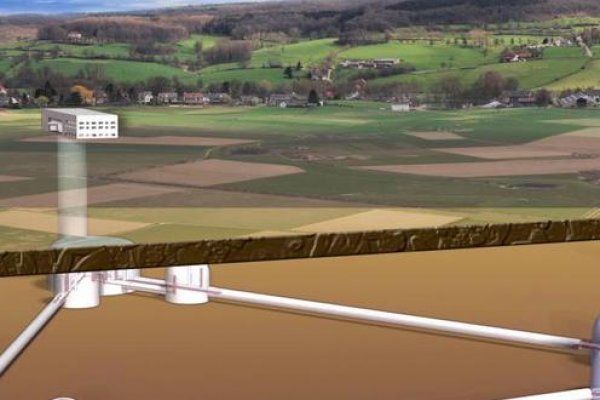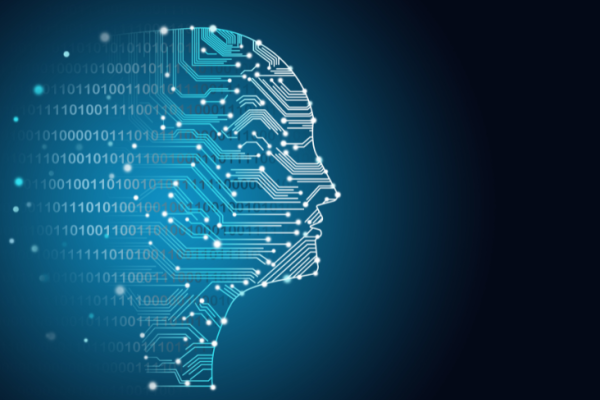We have witnessed the birth of a new era of scientific discoveries with the first detection of gravitational waves by the LIGO observatory in 2015. In the following years, other detectors such as Virgo and Kagra have become active, accompanied by a sustained improvement of the sensitivity of all detectors. These improvements have paid off: in each observing campaign the number of events has rapidly increased and qualitatively new phenomena have been observed. Thanks to these discoveries, we have learned an enormous amount about the Universe such as the existence of a whole range of black hole masses, the formation of heavy elements in neutron star collisions, the propagation of gravity to the speed of light, among many others.
As successful as these observatories have been, even more substantial upgrades are needed in order to fully unlock the potential that the study of gravitational waves encloses. Having this in mind, the idea of the ground-based gravitational wave observatory Einstein Telescope was conceived in 2005. The core concepts are fairly similar to previous ground-based detectors. The key modifications are mainly its length — it will be 10km long as opposed to 4km in LIGO and 3km in Virgo and Kagra — and its noise cancelling technology will allow it to detect waves down to 1 Hz — as opposed to LVK which are insensitive to waved below 30 Hz.
By virtue of these characteristics, the Einstein Telescope will allow us to probe a huge range of events, which will undoubtedly have a large impact in the fields of Astrophysics, Cosmology and Fundamental Physics.
- In the field of Astrophysics, we will be able to detect about a million black hole binaries and hundreds of thousands of binary neutron stars per year, achieving redshifts of 100 in the most optimistic scenarios. This extraordinary population study of binary coalesce will allow us to understand the various formation channels, including the possibility of primordial black holes if detected at redshifts higher than the formation of the first stars.
- Going to high redshift will also allow us to test the cosmological models, since waves propagate differently in different cosmologies. This will allow us to constrain the equation of state of the Universe, and in particular, to determine the content of dark energy.
- Regarding Fundamental Physics, the high signal-to-noise ratios expected in some binary black holes will allow us to study their quasi-normal modes in detail, with the corresponding constraints on horizon-scale physics. Moreover, we will be able to probe the equation of state of neutron stars to much higher precision, which gives us valuable information about QCD at high temperatures, complementary to collider experiments.
The idea of the Einstein Telescope has become a project with its inclusion in the European Strategy Forum on Research Infrastructures (ESFRI) Roadmap 2021. Einstein Telescope will be part of the EU agenda for its establishment joining the currently over 50 European Research Infrastructures. The successful ESFRI proposal means that ET enters its 1 preparatory phase, which entails bringing the project to the level of legal, financial and technical maturity required for implementing it.
The European framework programme Horizon Europe has opened the call HORIZON-INFRA-2021-DEV-02 for those projects included in the ESFRI Roadmap to fund the preparatory phase. The ET collaboration is preparing a proposal that will be submitted during January 2022 which addresses the legal and financial framework, logistics, human resources, technical challenges and development plans among other important aspects related to the setting-up. The success of the ESFRI proposal, submitted by the Italian government and supported by Belgium, Netherlands, Poland and Spain, foresees the beginning of construction in 2026 and first observations in 2035.
The University of Barcelona through the ICCUB participates in the proposal, committing to contributions in computing and outreach. Moreover, some of the members of the gravitational waves group at the ICCUB are members of the Observational Science Board of ET, making our participation transversal. This early stage involvement with the experiment gives us the possibility of taking advantage of our previous expertise and growing in the directions we consider strategically relevant for the institute.
This is only the beginning of an exciting journey, which will open up new research avenues and collaboration. Please contact Juan Trenado (jtrenado@fqa.ub.edu) or Tomas Andrade (tandrade@icc.ub.ed) if you are interested in getting involved.



